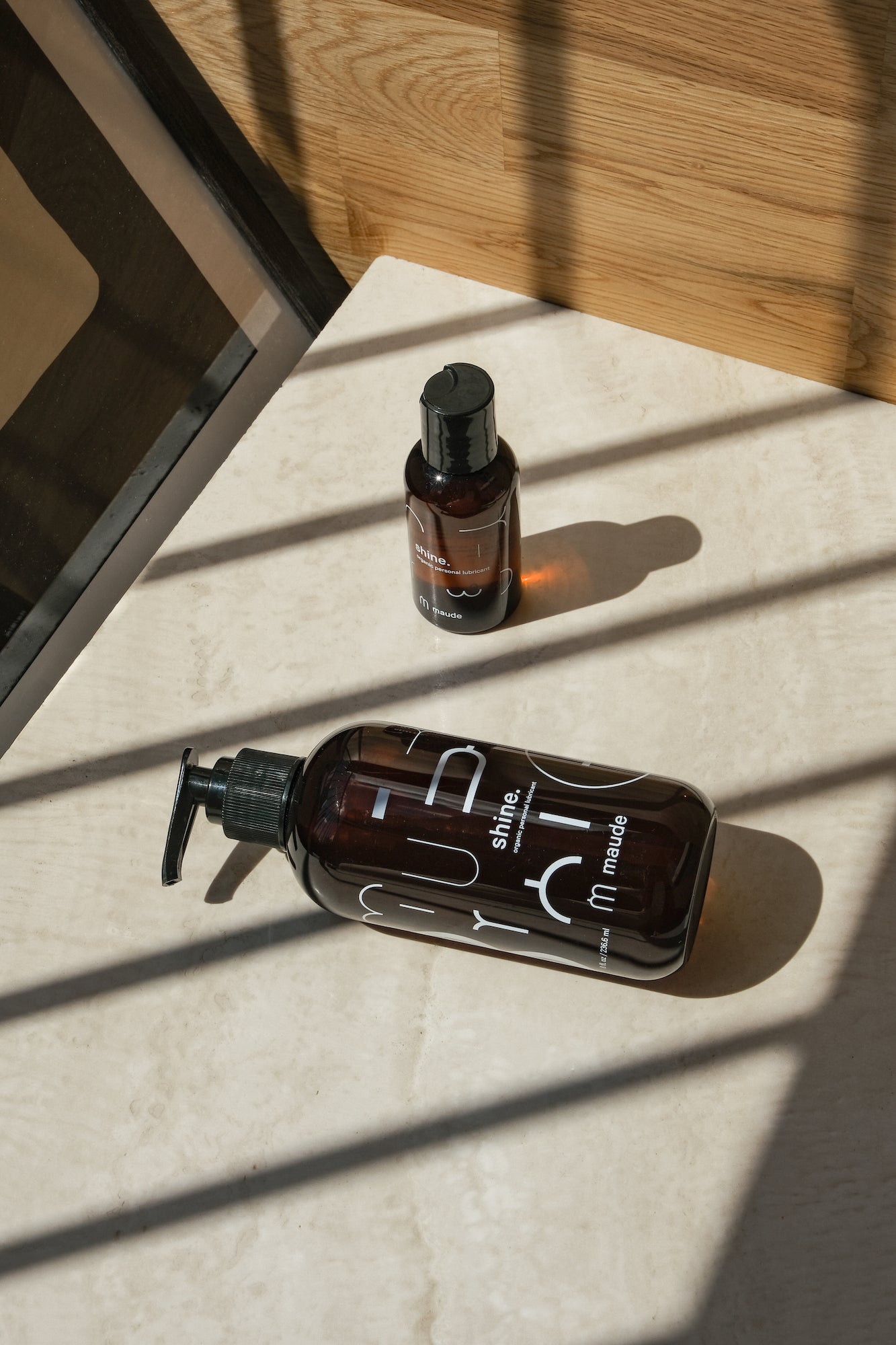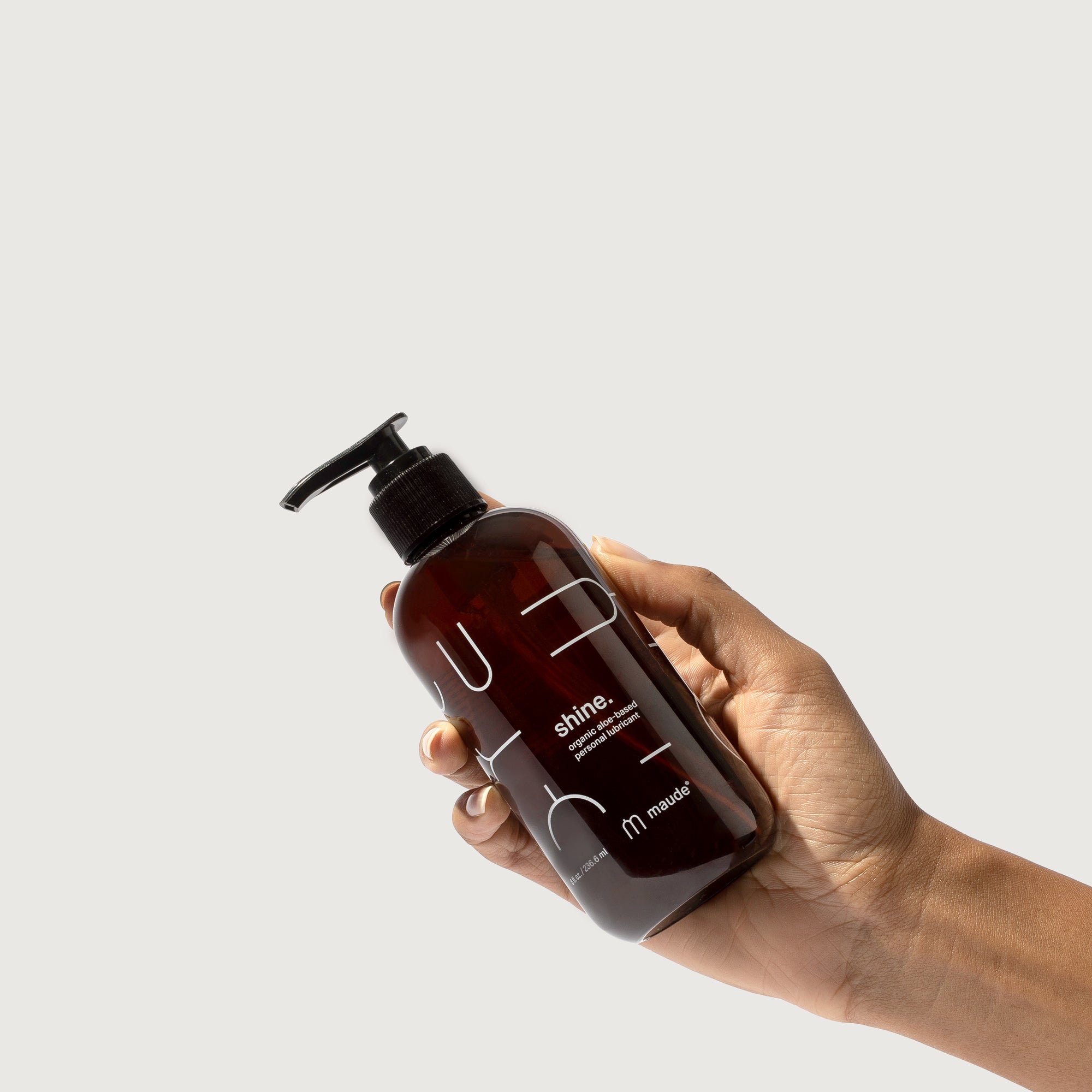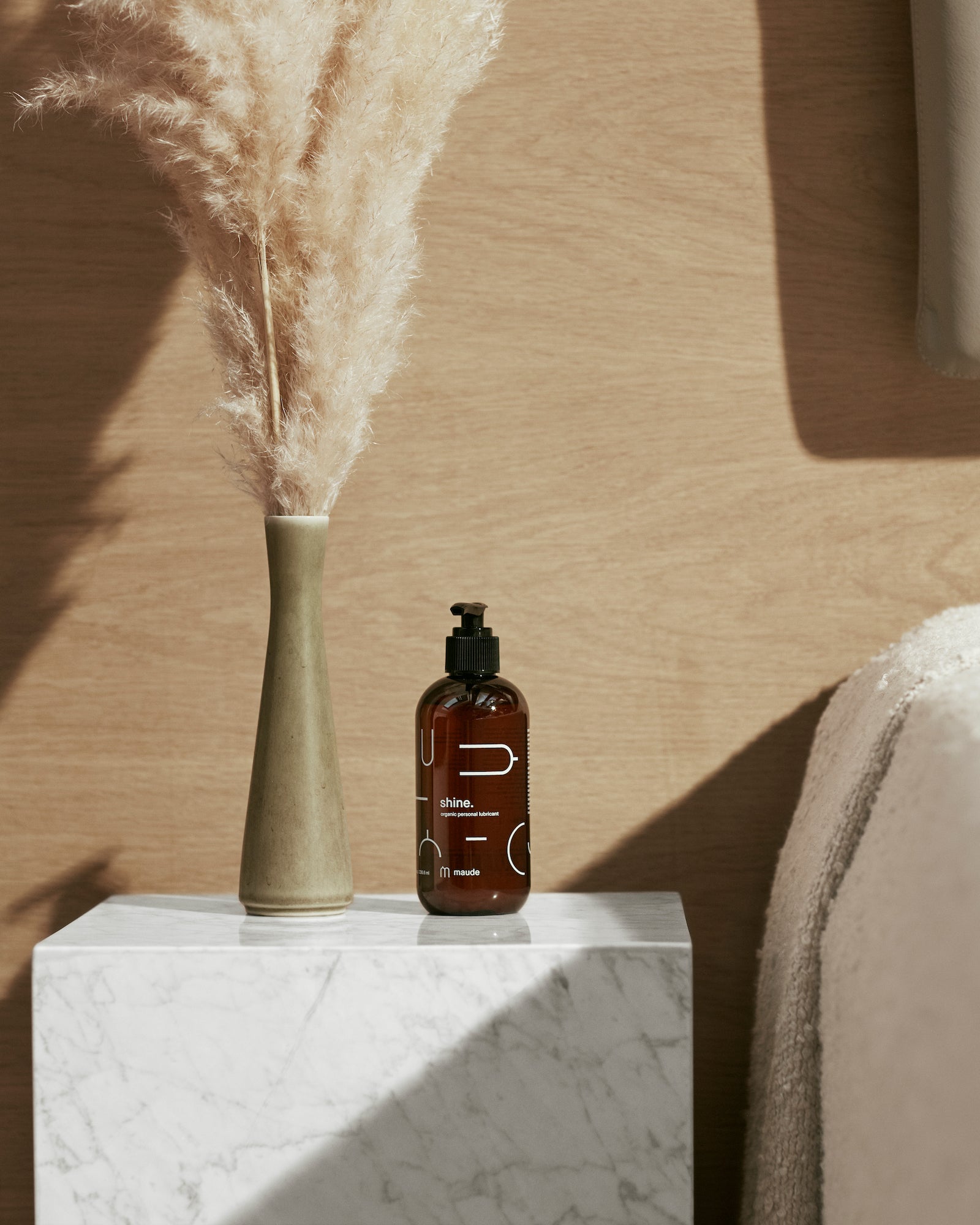The Do’s and Don’ts of Using Lube.

It’s not just a solution to a problem.
If you were to believe marketing, you might be duped into thinking that lube—even those ones that come with “tingling” and “warming” sensations, thanks to some questionable ingredients—is a mere remedy, especially if you have a vagina. If you’re struggling to get wet on your own, here, try this.
For this reason, a product that can and should be used by everyone—yes, everyone—remains shrouded in mystery for many. Even if you think you could benefit from incorporating a lubricant into life (either for solo play or partnered), you may be unsure where to start. That’s where we come in. Choose the right lubricant.
When to use lube
Lube is probably most thought of for its use during penetrative sex: reducing friction during vaginal and anal sex not only makes the act more enjoyable for both parties, but it can also prevent micro-tears in the vaginal canal or anus, which can increase the risk of STI transmission (in addition to being pretty uncomfortable). There’s a reason for this. Lube should pretty much always be used during anal, as the anal canal doesn’t produce natural lubrication, unlike the vagina. As for vaginal sex, it’s up to your own preferences whether you use it or not—but there’s a strong chance it can make a positive difference to your sex life. (Not to mention, the use of lube decreases the risk of condom breakage, too.)
Those aren’t the only times when lube is welcome, though. During solo play, lubrication can intensify the feelings of a hand or vibrator, and with a partner, it can also make handjobs and oral more enjoyable for both parties. Even during foreplay, lube can be used on erogenous zones for a titillating effect.
When not to use lube
There aren’t necessarily bad times to use lube—but you should be aware of what kind of lube to use at what time. When picking your lubricant, you’ll have three types to choose from silicone-based, water-based, and oil-based.
Silicone lubes are long-lasting, which makes them great for situations during which you don’t have to worry about reapplying (like anal, since the body doesn’t produce its own lubrication). It can be safely used with condoms, but you don’t want to use it with silicone devices, as it can degrade them over time. Silicone lubes are water-resistant, which makes them a great option if you decide to move from the bedroom to the bathroom.
Water-based lubes are another common and great option, especially for people who might be new to the world of lubricants. They can be used with condoms and silicone devices safely, but they may require more reapplication than a silicone lube. Because they’re not water-resistant, they also wash off easier.
Oil-based lubes are less commonly found, and for a reason: They cannot be used with latex condoms since they can degrade the material, resulting in holes. So, they are best used only with long-term partners or during solo play. They are, however, long-lasting.
How to use lube
It’s better to take things step-by-step than to have to reel yourself back. That is to say, start with a little bit of lube (one pump) and add more if you’re experiencing more friction than you like, or if, after a while, it seems to wear off. Lubricants are meant to make things glide easier—not to make you slip and slide.
You should also note that lube—unfortunately—can stain sheets. In general, water-based lube stains come out easiest in the wash, but silicone lube stains require a little more elbow grease. A stain remover or dish soap can help, but if you want to be extra-cautious, you can also rely on a trusty towel.






